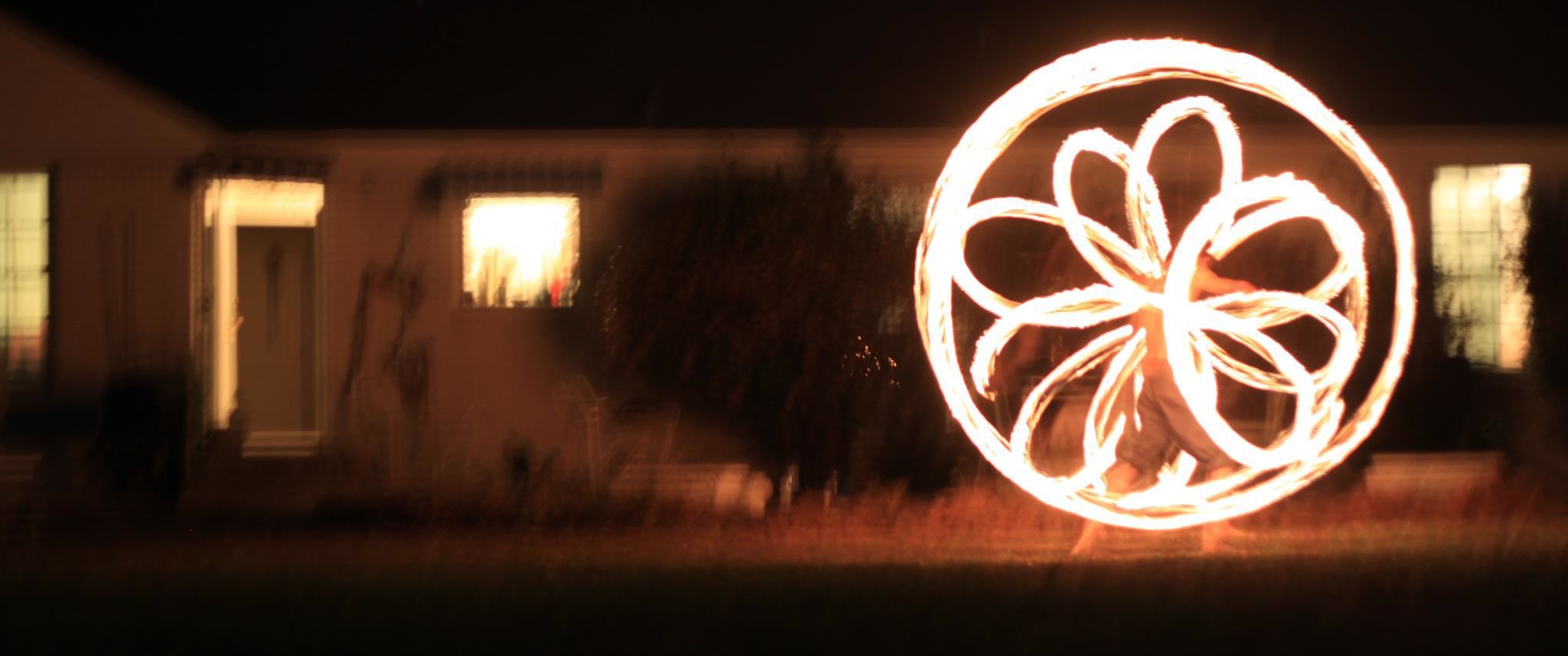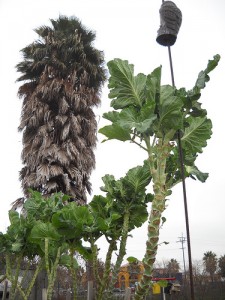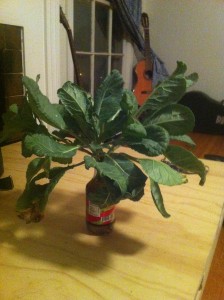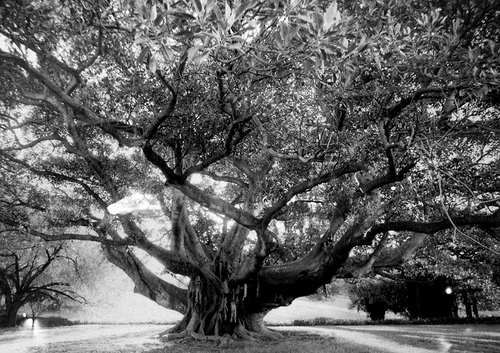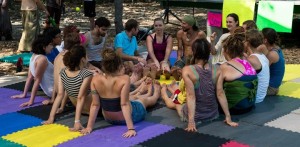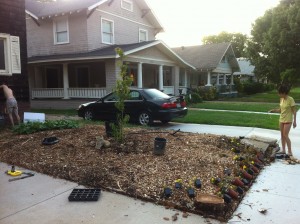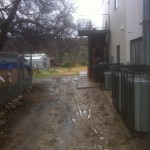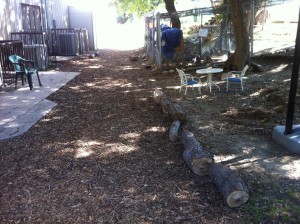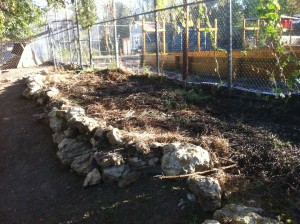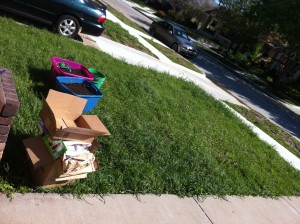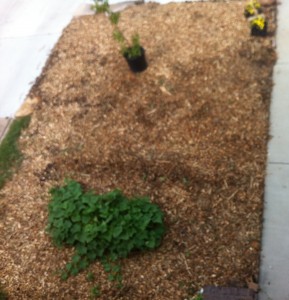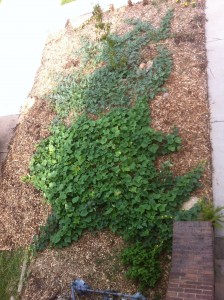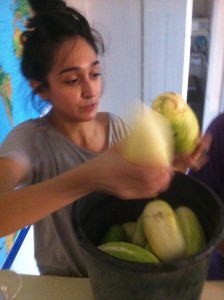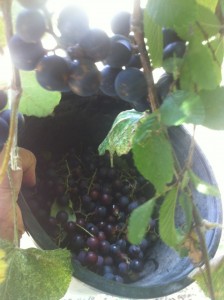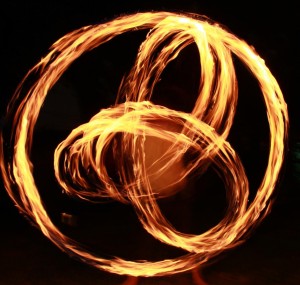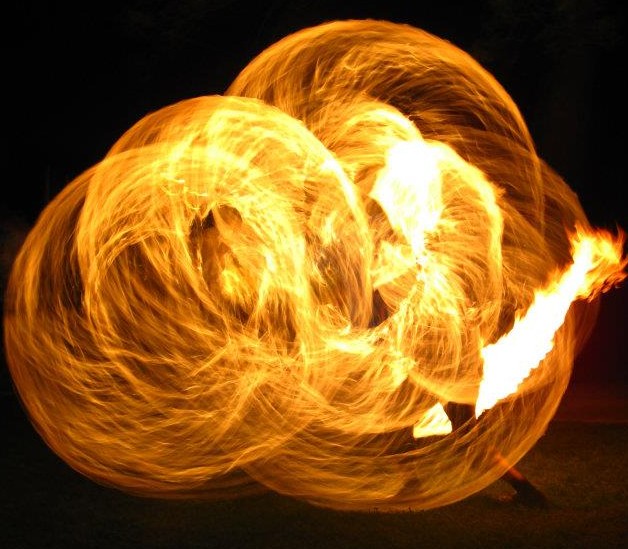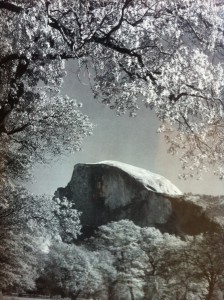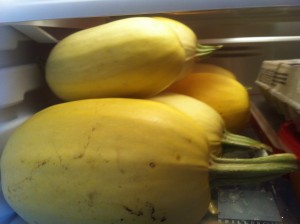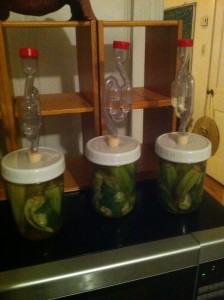I used to often find myself believing that everything I do is for the greatest good. In high school, that train of thought was most likely exemplified to its maximum with the simple idea of, “I know Everything.” There were no feedback loops. It was the greatest point I could be at, no need for correction or reflection.
Unfortunately, a lot of that pompous ideology lingers in the mind and finds itself repeating itself. In gardening, this idea can percolate to the supreme of all garden methods, sustainability. Yet again, the self-affirmation of success persists instead of a true confirmation from nature.
The question then expands to how do we confirm that the garden is successful in nature’s eyes?
Rubrics
At the Montessori Academy, we’ve been utilizing rubrics to determine and communicate success to our students. This way, the students are aware of what an A+ requires, witness a fair grading system, and is reciprocated for parents and teachers. It also creates a feedback loop where the student can continually monitor their own progress. An example would be a shift from a C to a B with a clear explanation to the delineation of grades.
For myself, a basic rubric can help to determine the success of a garden and in a broader scale my life. It creates a self-check to ensure that I’m accomplishing basic tasks to move onto more creative ones. To sum it up I’ve outlined a few categories that are relevant to a regenerative garden and life: the amount of labor over time, the type of labor, time spent working, time spent relaxing, the taste of the garden and life, and succession.
Chow’s Life Rubric
To create a clear picture of how the rubric works imagine the ideal circumstance for the topics listed. The less ideal can be created as well; I don’t find it necessary though when your aim is to accomplish your goals and desires.
The amount of labor in time should be decreasing. The types of labor should be (more) creative, fun, and less monotonous. The time spent working should be decreasing and time spent relaxing and observing should be increasing. The taste and yield of the garden should be getting better every single year. Finally, the succession of the garden should move to a greater steady state than what it was before, which will be explained in more detail below.
Using the Rubric
I’m sure more categories can be added or even some may be removed. In many ways, the rubric easily permeates to other fields and establishes a better word for the type of work I’m creating for myself. The feedback loop is not just a confirmation from nature with less work, good food, and fun. It’s a confirmation to myself that I’m creating a regenerative holistic lifestyle and not just a life of sustenance or maintenance.
The Reality
The Amount of Work Over Time
In gardening, the amount of labor is first dedicated to building the soil. Although it is a continuous task, once the soil is established the amount of labor for watering, weeding, and pest management is eliminated. Is that possible? No watering, weeding, or pest control in nature? Absolutely, the landscapes that were here before only required nature’s sprinkler system, the rain. At the moment, I only water twice a week or whenever I transplant something. I see it becoming zero irrigation soon.
Creative and Fun Work
I find myself dedicating more time to propagation, expansion, and research on other topics. Recently, I’ve been experimenting with Brassica trees, growing various types of chicken and rabbit fodder, reading about biodynamic farming, and creating videos for e-learning. Life is good.
Relaxing Time
In the downtime, I’ve taught myself to master new ukulele skills, juggle clubs, play with an isolation wand (flow wand) and take a programming course online. I get plenty of vacation time and could go wherever I want to when I want. I need to do travel more often.
The Taste
The tea gardens are producing nicely and expanding. I’m drinking mint-tea everyday, and it’s slowly expanding into lavender, rosemary, lemongrass, and lemonbalm, to name a few. My cooking skills require a bit of improvement. Regardless, everything tastes amazing; lots of watermelons, cantaloupes, and okra. The kale and collards are producing nicely, and everything else is coming soon.
I’ll soon have galanghal to make root beer; it’s in the ginger family.
I’m still foraging like a squirrel. Pecans are in season, and they’re delicious.
Succession
All in all, life is good and getting better everyday.
The last category is succession, giving away everything in a better steady state than what it was previously at. In fewer words, succession is the act of passing the baton. I added the other words to ensure that it would be in a better condition than what it was before. To paint a better picture, a steady state can be used to describe the various states of water; solid, liquid, and gas. With the addition or removal of energy, water can shift to a different steady state.
The affirmation of succession is when the current steady state of any substance is changed to another steady state. For example, we turn liquid water into ice and maintain its new steady state as ice. A failure for the same example would be turning water into ice and it reverts back to water.
The same principle can be applied to ecosystems, economics, and on a much broader scale, life. The succession of my life work (at this moment) and passion is to continually share and build it with others.
To reflect on succession, it’s been amazing how much has progressed in the past few years. Life has manifested my dreams into reality with many affirmations of succession, seen and unforeseen.
I can now happily say, “I know nothing.”
